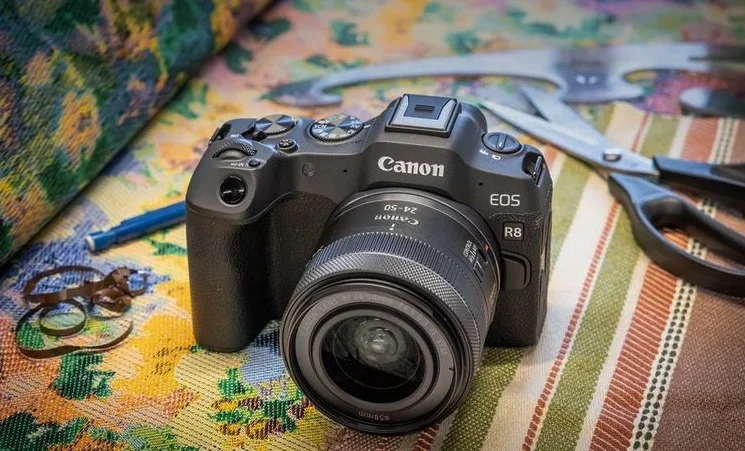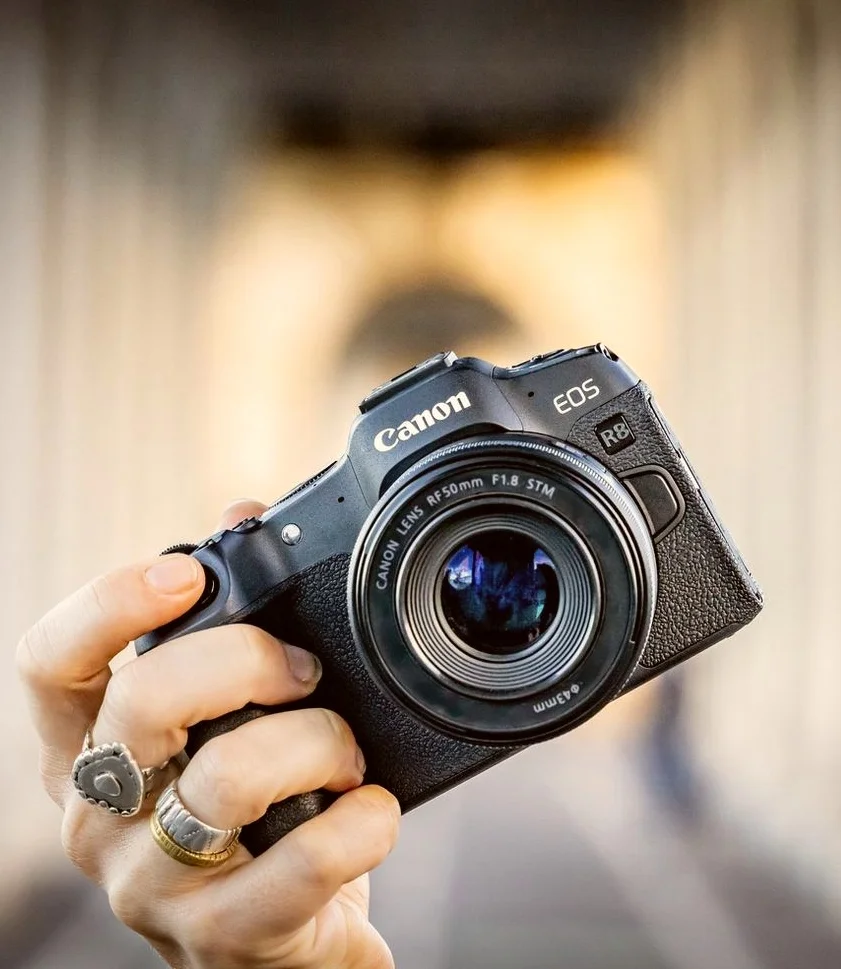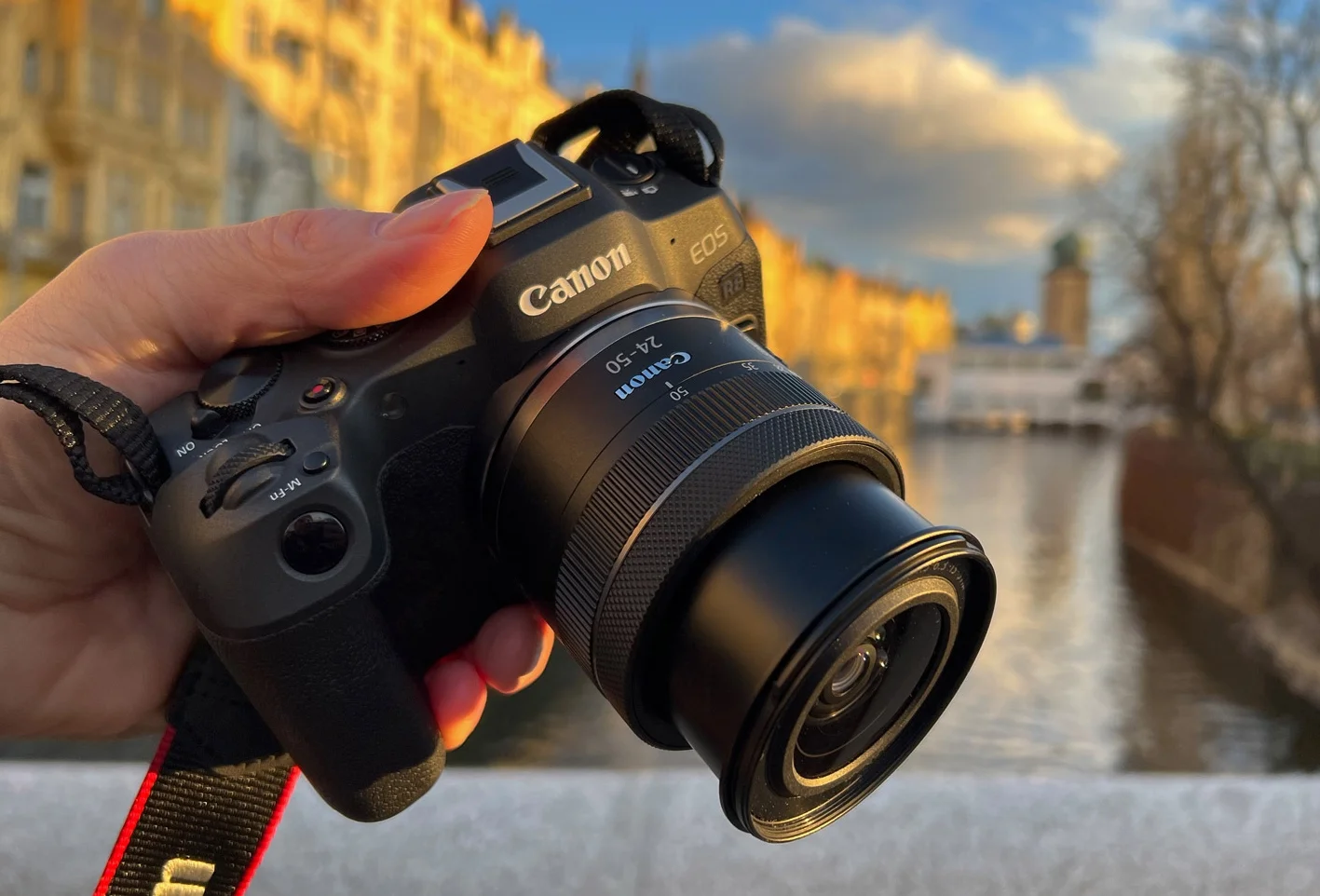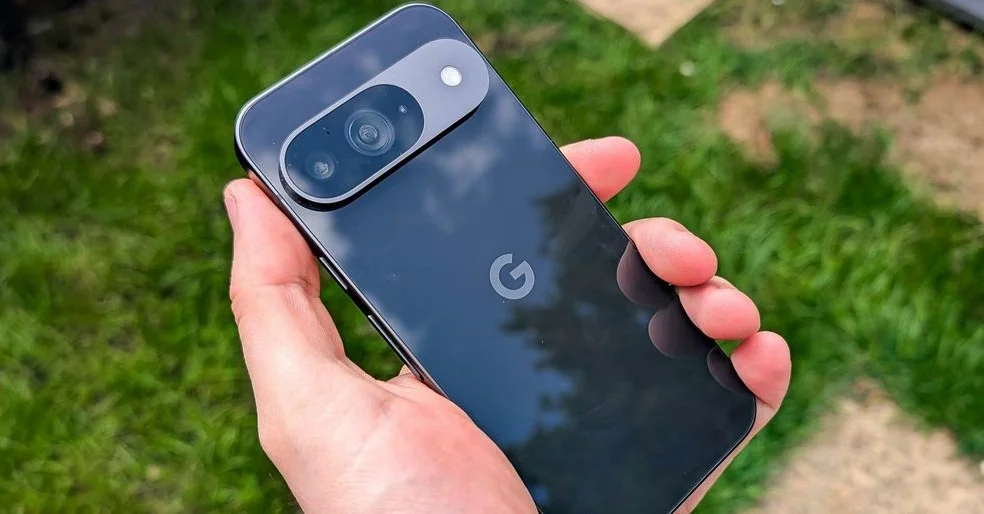The last time I bought a DSLR camera was shortly after the release of the iPhone 4G. Since then, mobile photography has been my life, until a Canon EOS R8 came into my hands and made me rethink a lot about photography.
Although I have been working in technology for many years and I am proud to have tried everything over the years, there is one category that completely disappeared from my view when the first smartphones with decent cameras arrived.
As you can imagine, I’m talking about mirrorless cameras, or the old DSLRs, a digital reflex camera. Although I have occasionally used some Nikons or a Sony Alpha 7 IV, my real immersion in the full frame segment has been this Canon EOS R8.
A mirrorless camera with a huge sensor that, although it is not in their range of professional cameras, but rather in the semi-professional range, I think it is a camera worth having on your radar if you are thinking, like me, of moving from mobile photography to using a camera with interchangeable lenses more.
Sony continues to lead the mirrorless camera market, but Canon has some options that are still among the best on the market for those looking for something more than a flat photo taken with a mobile phone and, what’s more, it is among the cheapest cameras of this type.
Although it’s been a year since we tested the Canon EOS R7, which set the bar very high for APS-C cameras, I think Canon has improved everything that needed improving with the new EOS R8. But there is much more to talk about with this camera.
An ergonomic design in a smaller and lighter size

The EOS R8 has a fairly compact body compared to other Full Frame cameras on the market. Not so small as to be uncomfortable to hold with one hand, nor so big or heavy that you need two hands to hold it.
Canon has made some design changes compared to the EOS R7, making it more compact but without neglecting ergonomics. And this is an important detail, despite being one of the smallest in the EOS R range, it is very comfortable in the hand and you can adjust it perfectly horizontally or vertically without fear of it slipping.
It measures 132.4 x 86.1 x 70 mm without the lens and weighs 414 grams, 461 grams with the battery, a significant reduction compared to the more than 600 grams of the previous generation.
The grip is more compact than the previous generation, but I found it quite pleasant to hold, both with one hand and in situations where my hand was sweating a lot (the summer on the plateau is unforgiving).
I have tested this camera with a fairly heavy lens, an impressive RF 24-105 mm which in itself weighs an extra 700 grams, perfect for taking portraits. Also with a 35 mm which is more designed for that street photography with a phenomenal bokeh. In both cases the grip and the design have helped me to hold this camera well.
When you look at it you know it’s a Canon. The aesthetics don’t lie and the design, although more reduced, maintains a look that Canon users will appreciate.
The button layout has changed compared to the previous generation. Canon has moved some buttons, such as the ISO button or the switch between photo and video. The wheel has disappeared and we are left with the circular/cross button to move through the menus and settings. A concession for the reduction in size? It could be, but at no time – and bearing in mind that I have quite large hands – have I encountered any problems accessing any menu, setting or button.
On the side we have the connections for an audio input such as an external microphone, headphone output, USB-C connection for battery charging and HDMI micro connection for connecting external monitors. All the connections are protected under covers that give that extra bit of security against moisture.
In terms of connectivity, there is a 2.4 GHz 802.11n Wi-Fi connection and a Bluetooth 4.2 connection. Both are used to connect the mobile phone with the Canon Camera Connect application.
Menus organized in search of improvement and renewal
It seems that Canon’s menus haven’t changed in 20 years, which isn’t true, but to a certain extent, if you pick up a camera from a decade ago and this EOS R8, the changes are minimal.
Although it is not a professional camera, the camera settings seem to be made for these users. Even someone who is totally up to date with all the photography terms and, if you push me, even previous Canon users, can make a mistake more than once, twice and three times over to find a specific setting.
The sections are well separated and if you spend a few minutes reading about each setting and trying to memorize it, you end up getting used to it. I’m just saying that there must be a better way to present all the settings and possibilities of the camera in a more comprehensive way for amateur and semi-professional users.
A spectacular approach but lacking in body stabilization

Despite having a lower resolution sensor than the 32.5 megapixel EOS R7, its 24.2 megapixel APS-C sensor is larger and therefore much better for photography.
The sensor is a 36 x 24 mm CMOS and the performance is excellent, with a special focus on low-light situations where you need a very high ISO sensitivity to get a good-looking photo, up to ISO 102,400 and ISO 25,600 in video.
Although the quality of photographs always depends on the lens and, of course, on the skill of each person when taking photos, I found the results surprising and so good that you really get the impression that with this camera you can take practically any photo, in any lighting situation.
This experience is what, for me, makes the difference with respect to other similar cameras. Being able to take a good photo at night and have exceptional quality thanks to a combination of sensor and optics is something that, for people like me who are used to computational photography on mobile phones, makes them completely change their perspective of what a good photograph is.
Autofocus is one of its strongest points. Canon says it is the same focusing system as its professional ESO R6 Mark II camera. The system is the Dual Pixel CMOS AF II and is capable of automatically tracking humans by the eyes, face, head and body. It can also identify dogs, cats, birds and horses. It can also identify vehicles, selectively racing cars, motorbikes, planes and trains.
It has 1,053 AF areas available in automatic mode which, in my opinion, is the key point when it comes to motion photography, using the automated system and praying that it will follow that moving object or person.
Although I haven’t done any photography of racing cars, I have taken portraits of the most mobile being on the planet, small children, and the focus tracking was almost perfect. In adults, when photographing and recording video, the results are also very good, with faces being detected more easily than bodies.
Here we also have to talk about the performance of the lens RF 24-105mm F2.8L IS USM Z, designed for portraits, which is honestly very impressive due to its size, but which is quite easy to use, although quite heavy.
Its 24-105 mm zoom allows you to take photographs and videos where the portrait mode is great with a constant f/2.8 aperture. In addition, it has a very important 5.5-stop optical image stabilization system, because the camera itself does not have a stabilizer.
But it is 3,879 euros for a lens weighing 1.4 kg that requires an arm made for these weights, in addition to a pulse worthy of a surgeon to achieve a good stabilized video, that’s why it is more intended for use with a tripod.
Less than 400 photos per battery are not enough

For me, one of the points against the EOS R8 has been its autonomy. It uses LP-E17 batteries that are used by cameras such as the EOS M6 Mark II, EOS 800D, EOS R10 or EOS R50.
According to Canon, it is capable of up to 370 shots with the LCD screen and about 220 photos with the viewfinder. Compared to the 900 shots of the EOS R7, it is clear that battery life is one of the features where Canon has had to cut back in order to achieve a lower price.
The good news is that it still charges via USB-C and an external battery charger. But my recommendation is that if you buy these EOS R8s, your second purchase — after a good lens — is an extra battery so you don’t run out of power on those days when you can’t stop taking tourist photos.
Verdict: Is the Canon EOS R8 worth buying?
Being the first mirrorless full frame camera I’ve tried from Canon, for me this EOS R8 has marked a turning point in what a modern camera is capable of in photography.
Like me, many people abandoned digital cameras when mobile phones started to have good cameras and Canon is looking for a type of user who has had enough of flat photos or the poor bokeh effects of the most modern and high-end smartphones, for something more “real”, more tangible and that can start to grow a hobby.
The EOS R8 is a camera whose body costs 1,599.99 euros, although there are offers that make it more attractive. You just have to choose a lens according to your needs, but I would say that a 50 mm (about 220 euros) or a 35 mm (about 500 euros) are the best investments. Although the best one to start with might be the new RF 24-50mm, costing around 380 euros, which covers practically all your photography and video needs.
In total we are talking about 2,000 to 2,400 euros just to get started, a big investment, but one that, given the years of photographs it can give you, is well worth it.
It is true that the lack of stabilization in the body makes it lose some points, but it is a well-rounded camera for anyone who, now, really wants to throw themselves headfirst into photography that no modern mobile phone can give you.




